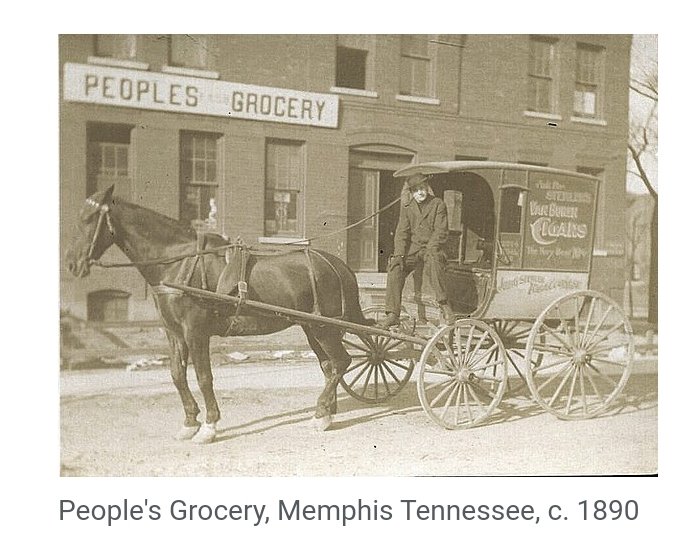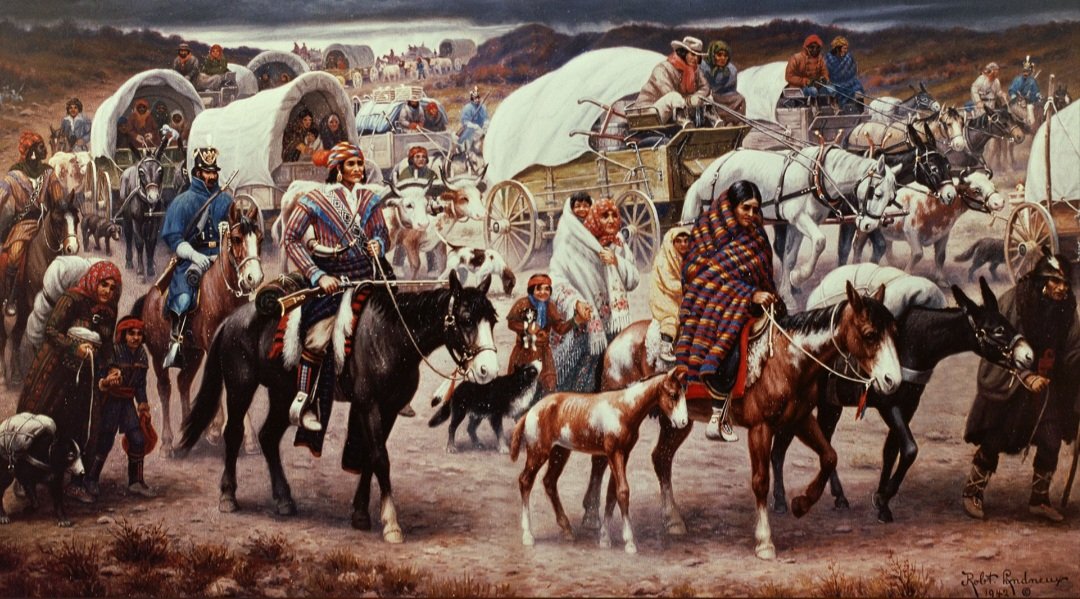⚠️WOKE CONTENT⚠️
🧵 March 9, 1892, a mob in Memphis, TN lynched Thomas Moss and his business partners Will Stewart and Calvin McDowell. This is historically referred to as The People's Grocery lynching. The incident was a result of the (cont)
daily.jstor.org/peoples-grocer…
🧵 March 9, 1892, a mob in Memphis, TN lynched Thomas Moss and his business partners Will Stewart and Calvin McDowell. This is historically referred to as The People's Grocery lynching. The incident was a result of the (cont)
daily.jstor.org/peoples-grocer…
success of the Black-owned grocery store and a White grocer whose store had served the community before the black grocery arrived, felt threatened by the store. In fact, the People's Grocery thrived-serving both White & Black patrons. Of course (cont)
executedtoday.com/2020/03/09/189…
executedtoday.com/2020/03/09/189…

that did not sit well with William Barrett, the other grocer. It all came to a head when two boys (one White, one Black) got into a fight in front of People's Grocery. The White child's father arrived & began beating the Black child. Will Stewart & Calvin McDowell came to (cont) 

aid of the Black child. More Blacks & Whites joined in, and at some point, Barrett was clubbed and identified Stewart as the assailant. On Thursday, March 3, Barrett returned to the People's Grocery with a police officer and the two were met by Calvin McDowell. McDowell (cont) 

told them no one matching Stewart's description was within the store. The frustrated Barrett hit McDowell with his revolver and knocked him down, dropping the gun in the process. McDowell picked it up and shot at Barrett, but missed. McDowell was arrested but released (cont) 

on bond the next day. On the evening of March 5, six armed white men—including a county sheriff and recently deputized plainclothes civilians—headed toward the People's Grocery. The Black men inside, already anticipating a mob attack, were being surrounded by armed Whites (cont) 

and did not know they were law enforcement. A shootout ensued, resulting in several of the Whites getting shot. The injured whites retreated to Barrett's store and more deputized whites were dispatched to the grocery where they eventually arrested thirteen blacks and seized(cont) 

weapons & ammo. On Wednesday, March 9, at about 2:30 a.m. 75 men in black masks surrounded the Shelby County Jail and nine entered. They dragged Tommie Moss, Will Stewart, and Calvin McDowell from their cells and brought them to a Chesapeake & Ohio railyard and murdered (cont) 

them. Afterwards, rumors spread that Blacks were plotting revenge. Judge DuBose ordered the sheriff to take possession of the swords and guns belonging to the Tennessee Rifles and to dispatch a hundred men to the People's Grocery where they should "shoot down on sight any (cont) 

Negro who appears to be making trouble." Gangs of armed white men rushed to the Curve and began shooting wildly into any groups of Blacks they encountered, then looted the grocery. Subsequently, the grocery was sold for one-eighth its cost to William Barrett.(cont) 

The lynch posse and looters sent an unmistakable message to the Black citizens of Memphis: Black entrepreneurship has limits – and White people determine the height of the economic ceiling.
"Bootstraps?"
We made our OWN boots!
#ResistanceRoots
history.com/news/ida-b-wel…
"Bootstraps?"
We made our OWN boots!
#ResistanceRoots
history.com/news/ida-b-wel…
More on the People's Grocery Lynching here:
#ResistanceRoots
#KeepItWoke
en.m.wikipedia.org/wiki/People%27…
#ResistanceRoots
#KeepItWoke
en.m.wikipedia.org/wiki/People%27…
• • •
Missing some Tweet in this thread? You can try to
force a refresh












